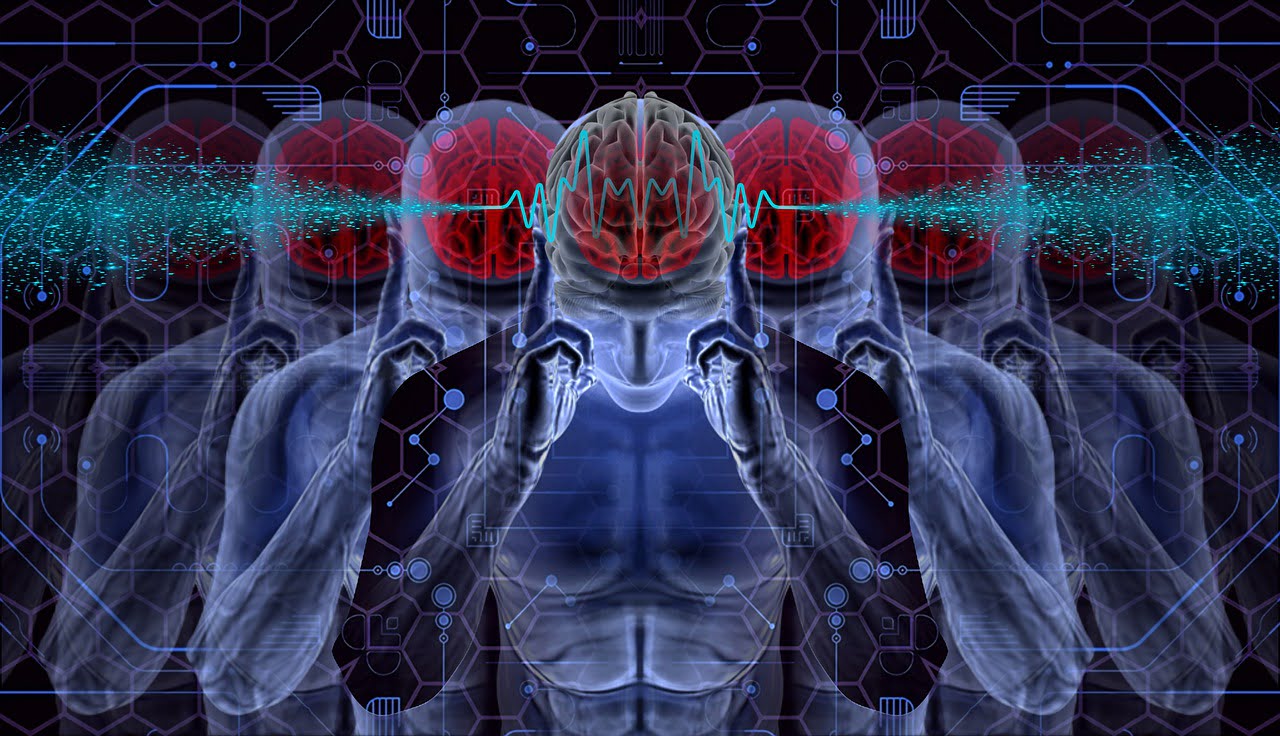Rewire your Brain with Neurofeedback
The human brain is an amazing organ, responsible for various functions ranging from controlling our physical movements to processing our emotions and thoughts. However, when the brain is over-reactive and not functioning optimally, it can lead to various problems. Neurofeedback therapy is a method used to address such issues.
Neurofeedback therapy is an advanced technique that utilizes real-time feedback from brainwave measurements to provide individuals with a graphical representation of their brainwaves. By using this feedback, individuals can learn to retrain their brains to improve their mental and emotional well-being.
Neurofeedback therapy is a powerful tool that can help individuals regulate their brainwaves, leading to a range of benefits including improved focus, reduced anxiety, and better sleep.
But how exactly does neurofeedback work, and what can you expect from the process? In this blog, we’ll delve into the science behind neurofeedback and how it can help you monitor your brainwaves and take action to calm and adjust them. We’ll have all information on how to rewire your brain with neurofeedback therapy for a happier, healthier life.
Understanding the Brain
The brain is a complex organ that plays a vital role in controlling all functions of the body, including thoughts, emotions, and behaviours. It serves as the central command center for all the organs and releases chemicals that can make us feel happy, sad, stressed, or calm.
Having a good understanding of how the brain functions are essential to understanding neurofeedback therapy and how it can effectively address mental health concerns.
The different parts of the brain
The brain is divided into several different regions, each responsible for different functions. These regions include:
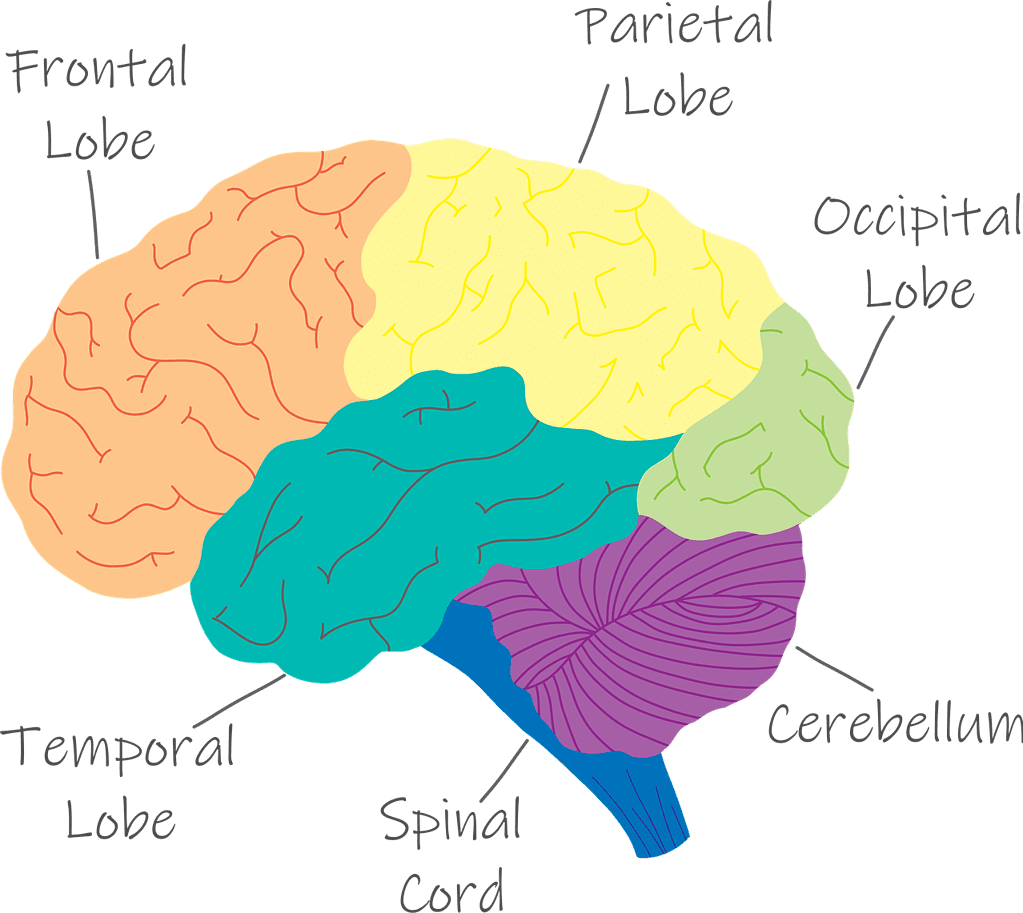
- The frontal lobe: is responsible for executive functions such as decision-making, planning, and problem-solving.
- The temporal lobe: is responsible for auditory processing and language comprehension.
- The parietal lobe: is responsible for sensory processing and spatial awareness.
- The occipital lobe: is responsible for visual processing.
- The cerebellum: is responsible for motor control and balance.
- The brainstem: responsible for controlling basic bodily functions such as breathing and heart rate.
The brainwaves and their functions
The brain produces electrical signals, known as brainwaves, that can be measured using electroencephalography (EEG). Different brain wave patterns are associated with different mental states and activities in our daily lives. For example:
- Delta waves (0.5-4 Hz): associated with deep sleep and unconsciousness
- Theta waves (4-8 Hz): associated with relaxation, meditation, and creativity
- Alpha waves (8-13 Hz): associated with a calm, focused state of mind
- Beta waves (13-35 Hz): associated with active thinking and concentration
- Gamma waves (35-100 Hz): associated with heightened mental activity and information processing
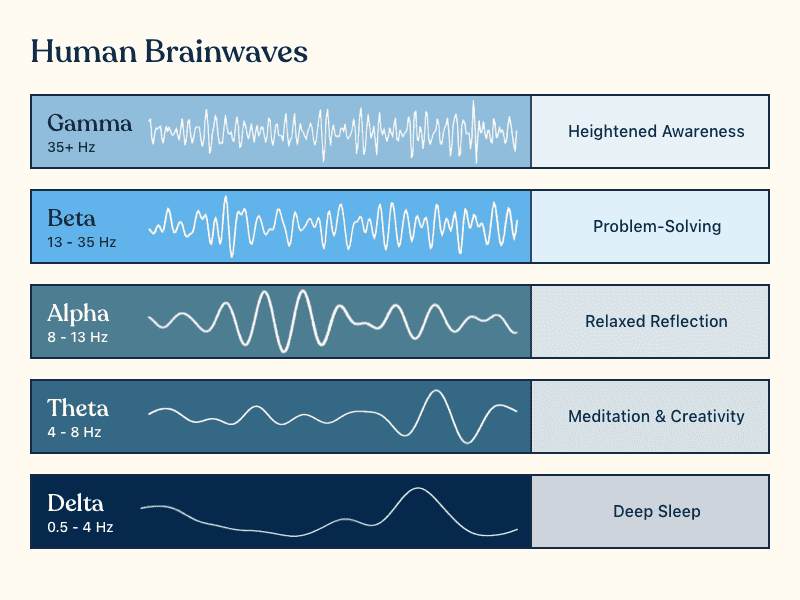
By analyzing the brainwave patterns, it is possible to identify imbalances in brain activity that may be contributing to mental health conditions such as anxiety, depression, and ADHD. For instance, on a heightened mental activity, such as in a job-related public presentation, it is normal to display brainwaves within the gamma range (30-100hz). However, if you are seating in a park, you should not be experimenting with such readings. These abnormal circumstances are inviting you to apply a calming strategy such as deep breathing, meditation, or other relaxing methods discussed in this article.
By training the brain to produce more desirable brainwave patterns, such as increasing alpha waves or decreasing beta waves, it is possible to improve mental health and overall well-being.
Neurofeedback therapy is a particularly effective way to achieve this, as it involves real-time monitoring of brainwaves and provides immediate feedback to the patient on how to adjust their brainwave patterns for optimal mental health.
We published an excellent article about how to use theta waves to rewire your brain that may be of your interest in order to better understand this amazing frequency.
How brainwaves affect mental health
Research has shown that imbalances in brainwave activity can contribute to mental health conditions such as anxiety, depression, and ADHD [1, 2, 3, 4,]. By training the brain to produce more desirable brainwaves, neurofeedback therapy can help to alleviate these conditions and improve overall mental health.
Brain waves can be monitored using EEG, which involves placing electrodes on the scalp to detect electrical brain activity. EEG can be used to identify imbalances in brainwave activity that may be contributing to mental health conditions such as anxiety, depression, and ADHD.
Fortunately, advances in science and technology have made it possible to monitor brain waves in the comfort of your own home using wearable EEG devices. These modern devices are no longer the bulky, multi-wire machines of the past in clinical practices, but rather portable and easy-to-use devices that allow for continuous monitoring of brainwaves.
With these devices, individuals can now track their human brain wave activity in real-time and make necessary adjustments to improve their mental health and overall well-being. These new devices are the foundation of modern neurofeedback.
Introduction to Neurofeedback
Neurofeedback is a form of therapy that involves training the brain to produce more desirable brainwave patterns through the use of feedback mechanisms such as visual or auditory cues. This non-invasive treatment has been shown to be effective in treating a variety of mental health conditions, including anxiety, depression, ADHD, PTSD, insomnia, and migraines.
By providing immediate feedback to the patient on their brainwave patterns, neurofeedback therapy allows individuals to learn to self-regulate their human brain activity for optimal mental health and overall well-being.
How does the Neurofeedback work?
During a neurofeedback session, the patient is connected to EEG equipment – modern devices include small wearables which are very safe and effective in measuring brainwave activities. The patient is then presented with a visual or auditory cue that indicates the current state of their brainwaves. For example, if the patient’s brainwave activity is outside of the desired range, the cue may change colour or produce a different tone.

The patient’s goal is to learn to self-regulate their brainwave activity to achieve the desired state. As the patient learns to produce more desirable brainwave patterns, the visual or auditory feedback becomes more positive, providing reinforcement for the desired behavior. Over time, the brain learns to produce more desirable brainwave patterns on its own, without the need for external feedback.
Benefits of using neurofeedback
Neurofeedback therapy can be an effective way to improve mental health and overall well-being. By providing feedback on brainwave activity, neurofeedback can help individuals learn to self-regulate their own brainwaves for optimal mental health.
Some of the benefits of using neurofeedback include improved mood, increased focus and concentration, better sleep quality, reduced stress and anxiety levels, improved memory and cognitive functioning, and increased energy levels. Neurofeedback can also help to reduce symptoms of mental health conditions such as depression, ADHD, PTSD, insomnia, migraines, reported cases of traumatic brain injury, autism spectrum disorder, bipolar disorder, and other unwanted conditions.
Neurofeedback Therapy
Neurofeedback therapy has been shown to be effective in treating a variety of mental health conditions, including anxiety, depression, ADHD, PTSD, insomnia, and migraines.
By training the brain to produce more desirable brainwave patterns, neurofeedback therapy can help to alleviate these conditions and improve overall mental health. Additionally, because neurofeedback therapy is non-invasive and drug-free, it is a safe and natural way to improve brain function and promote well-being.
There are several types of neurofeedback therapy that can be used to improve mental health and overall well-being. These include:
Frequency-based Neurofeedback
Frequency-based neurofeedback involves training the brain to produce more or less of a particular brainwave frequency. For example, if a patient is experiencing anxiety, they may be trained to increase their alpha waves, which are associated with relaxation and a calm, focused state of mind.
LORETA Neurofeedback
Low-Resolution Electromagnetic Tomography (LORETA) neurofeedback is a type of neurofeedback that uses advanced EEG technology to provide feedback on specific brain regions. This allows for more targeted training and can be particularly effective for treating conditions such as ADHD and depression.
Hemoencephalography (HEG) Neurofeedback
Hemoencephalography (HEG) neurofeedback involves measuring changes in blood flow to the brain using a near-infrared sensor. This type of neurofeedback has been shown to be effective in treating migraines and ADHD.
Z-Score Neurofeedback
Z-Score neurofeedback is a type of neurofeedback that uses statistical analysis to provide feedback on brainwave patterns. This allows for a more personalized approach to neurofeedback therapy, as each patient’s brainwave patterns are unique.
Alpha-Theta Neurofeedback
Alpha-theta neurofeedback involves training the brain to produce a state of deep relaxation and creativity by increasing alpha waves and decreasing theta waves. This type of neurofeedback can be particularly effective for treating PTSD and addiction.
By tailoring neurofeedback therapy to each patient’s specific needs, it is possible to achieve optimal results and improve mental health and overall well-being.
Advancements in technology have made it possible to use wearable EEG devices for neurofeedback therapy, allowing for more convenient and accessible treatment. Here’s what you can expect during a typical neurofeedback training session using wearables:
Choosing a Wearable EEG Device
The first step in using a wearable EEG device for neurofeedback therapy is choosing the right device. There are many options available, ranging from basic models that simply measure brainwave activity to more advanced models that provide real-time feedback on brainwave patterns.
Connecting the Wearable EEG Device
Once you have chosen a wearable EEG device, you will need to connect it to a smartphone or computer to record and analyze your brainwave activity. Most wearable EEG devices come with a companion app that allows you to view and analyze your brainwave patterns in real-time.
Neurofeedback Training
During neurofeedback training sessions using wearables, you will use the companion app to view your brainwave patterns and adjust your behavior to achieve the desired state. This may involve breathing techniques, meditation, or other techniques to help you achieve the desired brainwave patterns.
Progress Monitoring
Throughout the neurofeedback training process using wearables, your progress will be monitored using the companion app. You may be asked to complete questionnaires or other assessments to track your progress and provide feedback on your experience.
Maintenance Sessions
Once you have completed your initial neurofeedback training sessions using wearables, you may be recommended to continue using the device for maintenance sessions. These maintenance sessions may occur less frequently than the initial training sessions and may be tailored to your individual needs.
By using a wearable EEG device for neurofeedback therapy, you can receive treatment in the comfort of your own home, at a time that is convenient for you. This makes neurofeedback therapy more accessible and convenient than ever before.
Conditions Treated with Neurofeedback
Neurofeedback therapy has been shown to be effective in treating a wide range of mental health conditions. By training the brain to produce more desirable brainwave patterns, neurofeedback therapy can help to alleviate symptoms of anxiety, depression, ADHD, PTSD, insomnia, and migraines.
In this section, we will explore the specific conditions that can be treated with neurofeedback therapy, how neurofeedback therapy can help alleviate symptoms, and what the research says about its effectiveness. By the end of this section, readers will have a comprehensive understanding of the many mental health conditions that can be treated with neurofeedback therapy.
Anxiety and stress
Anxiety and stress are common mental health conditions that can have a significant impact on an individual’s quality of life. Symptoms of anxiety and stress can include excessive worry, tension, irritability, sleep issues, and physical symptoms such as headaches and muscle tension.

Neurofeedback therapy has been shown to be an effective treatment for anxiety and stress by helping to regulate the brainwave patterns associated with these conditions. In simple terms, by training the brain to produce more alpha waves, which are associated with relaxation and a calm, focused state of mind, neurofeedback therapy can help to reduce symptoms of anxiety and stress.
Research has shown that neurofeedback therapy can be particularly effective for individuals with generalized anxiety disorder, panic disorder, and post-traumatic stress disorder (PTSD). One study found that individuals with PTSD who received neurofeedback therapy experienced significant reductions in symptoms of anxiety and depression, as well as improvements in sleep quality.
Depression
Depression is a serious mental health condition that can have a profound impact on an individual’s quality of life. Symptoms of depression can include persistent low mood, difficulty sleeping, loss of interest in activities previously enjoyed, and feelings of hopelessness and worthlessness.

Neurofeedback therapy has been shown to be an effective treatment for depression by helping to regulate brainwave patterns associated with the condition [1]. By training the brain to produce more beta waves, which are associated with alertness and focus, neurofeedback therapy can help to improve mood and reduce symptoms of depression.
ADHD
Attention deficit/hyperactivity disorder (ADHD) is a common mental health condition that affects both children and adults. Symptoms of ADHD can include inattention, hyperactivity, and impulsivity.

Neurofeedback therapy has been shown to be an effective treatment for ADHD by helping to regulate brainwave patterns associated with the condition. Specifically, neurofeedback therapy can help to increase the production of beta waves in the prefrontal cortex, which is responsible for executive functioning, attention, and impulse control.
Research has shown that neurofeedback therapy can be an effective treatment for ADHD, either alone or in combination with other forms of therapy [1]. One study found that children with ADHD who received neurofeedback therapy experienced significant improvements in attention, behavior, and academic performance, compared to children who received medication.
PTSD
Post-traumatic stress disorder (PTSD) is a mental health condition that can develop after experiencing or witnessing a traumatic event. Symptoms of PTSD can include intrusive thoughts, nightmares, flashbacks, and hypervigilance.

Neurofeedback therapy has been shown to be an effective treatment for PTSD by helping to regulate brainwave patterns associated with the condition. Specifically, neurofeedback therapy can help to increase the production of alpha waves in the prefrontal cortex, which is responsible for emotional regulation and memory processing.
Research has shown that neurofeedback therapy can be an effective treatment for PTSD, either alone or in combination with other forms of therapy [1]. One study found that individuals with PTSD who received neurofeedback therapy experienced significant reductions in symptoms of anxiety and depression, as well as improvements in sleep quality and subjective well-being.
Insomnia
Insomnia is a common sleep disorder that can have a significant impact on an individual’s quality of life. Symptoms of insomnia can include difficulty falling asleep, waking up frequently during the night, and feeling tired during the day.

Neurofeedback therapy has been shown to be an effective treatment for insomnia by helping to regulate brainwave patterns associated with sleep. Specifically, neurofeedback therapy can help to increase the production of delta waves, which are associated with deep sleep, and decrease the production of beta waves, which are associated with wakefulness.
Research has shown that neurofeedback therapy can be an effective treatment for insomnia, either alone or in combination with other forms of therapy [1]. One study found that individuals with insomnia who received neurofeedback therapy experienced significant improvements in sleep quality and reductions in symptoms of anxiety and depression.
Migraines
Migraines are a type of headache that can cause moderate to chronic pain and can be accompanied by symptoms such as sensitivity to light and sound, nausea, and vomiting. They can have a significant impact on an individual’s quality of life and ability to function.

Neurofeedback therapy has been shown to be effective in treating migraines by regulating brainwave patterns associated with the condition. Specifically, neurofeedback therapy can help increase the production of alpha waves and decrease the production of theta waves in the occipital cortex, responsible for visual processing.
Studies have found that neurofeedback therapy can be effective for treating migraines, either alone or in combination with other therapies [1]. For example, one study found that neurofeedback therapy helped to reduce the frequency and intensity of migraines in participants.
Neurofeedback vs. Medication
When it comes to managing mental health conditions, there are a variety of treatment options available, including both neurofeedback therapy and medication. While both approaches can be effective, they work in different ways and have different benefits and drawbacks.
In this section, we’ll explore the differences between neurofeedback therapy and medication for managing mental health conditions. We’ll also discuss some of the factors to consider when deciding which approach may be best for you.
Pros and cons of using medication
Medication can be an effective treatment for a variety of mental health conditions, including depression, anxiety, and PTSD. It works by changing the levels of neurotransmitters in the brain, which can help to reduce symptoms and improve mood.
The main benefit of using medication is that it can provide rapid relief of symptoms. However, there are also some drawbacks to consider. Medication can cause side effects, and it may take some time to find the right dose and type of medication that works best for you. Additionally, medication does not address the underlying causes of mental health conditions, so it should be used in combination with other therapies such as counseling, psychotherapy, or treatment with health professionals.
How neurofeedback compares to medication
Neurofeedback therapy is a form of treatment that uses EEG technology to help regulate brainwave patterns associated with mental health conditions. It works by providing feedback about the brain’s activity, which can help to improve symptoms and overall mental health.
The main benefit of neurofeedback therapy is that it does not have the same side effects as medication. Additionally, it can be used to address the underlying causes of mental health conditions, which can help to improve long-term outcomes.
However, neurofeedback therapy is not a fast treatment like medication; it typically requires multiple sessions for results to be achieved. Additionally, it can be expensive and may not be covered by insurance.
Neurofeedback Success Stories
Neurofeedback therapy has been shown to be effective in managing a range of mental health conditions, from anxiety and depression to ADHD and migraines. While the specific results may vary depending on the individual and their condition, studies have shown that neurofeedback therapy can be an effective treatment option for many people.
While each success story is unique, there are some general statistics that highlight the effectiveness of neurofeedback therapy.

For example, a meta-analysis of 13 studies found that neurofeedback therapy was an effective treatment for ADHD, with significant improvements in attention and behavior observed in participants [1].
Additionally, a review of 20 studies found that neurofeedback therapy was an effective treatment for anxiety, with reductions in anxiety symptoms observed in participants [1].
Neurofeedback and Personal Development
In addition to being a tool for managing mental health conditions, neurofeedback therapy can also be a valuable tool for personal development. By training the brain to produce more desirable brainwave patterns, individuals can improve their cognitive functions, emotional regulation, and overall sense of well-being.
In this section, we’ll explore how neurofeedback therapy can be used for personal development, including improving focus and attention, enhancing creativity, and promoting mindfulness. We’ll also discuss some of the techniques and strategies used in neurofeedback therapy for personal development, and how they can be incorporated into everyday life.
By focusing on personal development, we can tap into the full potential of neurofeedback therapy and use it to enhance not just our mental health, but our overall quality of life.
Using Neurofeedback for personal growth
Neurofeedback therapy is not just a tool for managing mental health conditions, it can also be a powerful tool for personal growth and self-improvement. By training the brain to produce more desirable brainwave patterns, individuals can enhance their cognitive functioning, emotional regulation, and overall sense of well-being. By focusing on personal growth and development, we can unlock the full potential of neurofeedback therapy and use it to enhance not only our mental health but also our overall quality of life.
The impact of neurofeedback on cognitive performance
Neurofeedback therapy can be used to improve cognitive performance, including memory, concentration, focus, and reaction time. This is achieved by training the brain to produce more desirable brainwave patterns that are associated with improved cognitive functioning. In addition to improving cognitive performance, neurofeedback can also be used to reduce stress levels and increase emotional regulation.
Neurofeedback for Brain Optimization
Neurofeedback therapy can be a powerful tool for optimizing brain function and enhancing cognitive performance. By training the brain to produce more desirable brainwave patterns, individuals can improve their attention, memory, and overall cognitive functioning.
Neurofeedback therapy is a non-invasive approach to optimizing brain function by training the brain to produce more desirable brainwave patterns. Here are some ways neurofeedback can be used to optimize brain function:
Enhancing Attention and Focus
- Neurofeedback therapy can improve attention and focus by training the brain to produce more of the beta brain waves associated with focus and concentration.
- Studies have shown that neurofeedback therapy can improve attention and focus in individuals with ADHD and other attention disorders [1].
Improving Memory
- Neurofeedback therapy can improve memory by training the brain to produce more of the alpha brainwaves associated with relaxed wakefulness and a calm mind.
- Studies have shown that neurofeedback therapy can improve memory in individuals with mild cognitive impairment and other memory disorders [1].
Promoting Overall Cognitive Health
- Neurofeedback therapy can promote overall cognitive health by training the brain to produce more of the alpha, theta, and delta brainwaves associated with relaxation, meditation, and deep sleep.
- By improving overall cognitive health, neurofeedback therapy can help individuals reduce stress, improve mood, and enhance overall mental clarity [1].
Wearables Devices for Neurofeedback
Advancements in technology have made it possible to use wearable devices for neurofeedback therapy. These devices are portable, convenient, and easy to use, making neurofeedback therapy more accessible than ever before.

In this section, we’ll explore the different types of wearables used for neurofeedback therapy, including EEG headbands, smartwatches, and other devices. We’ll discuss the advantages and disadvantages of each type of wearable, and how they can be used for neurofeedback therapy.
We’ll also delve into some of the specific wearables on the market, including their features, benefits, and limitations. Finally, we’ll discuss how wearables for neurofeedback therapy are changing the way individuals approach mental health and personal development, and the potential for even more advanced wearable technology in the future.
By making neurofeedback therapy more accessible and convenient, wearables are helping individuals take control of their mental health and achieve their full potential.
The use of wearables for neurofeedback
Wearables can be used for neurofeedback therapy to monitor and record brainwave activity, as well as to provide feedback in real-time. This type of monitoring can be used to track changes in the brain over time and identify patterns associated with improved cognitive performance.
Types of wearable devices used for neurofeedback
The most common type of wearables used for neurofeedback therapy is EEG headbands or caps, which measure electrical activity in the brain. These devices are often used to measure alpha, beta, and theta brainwaves associated with relaxation, focus, and memory.

Other wearables such as smartwatches or fitness trackers can also be used for neurofeedback therapy. These devices use sensors to measure heart rate variability (HRV), a marker of stress and emotion that can indicate changes in the brain.

In addition to EEG headbands and smartwatches, there are also other types of wearables that can be used for neurofeedback therapy, such as virtual reality headsets and augmented reality glasses. These devices allow users to interact with 3D environments in real-time, giving them a more immersive experience during their neurofeedback sessions.
Specific Neurofeedback Wearables on the Market
- EEG Headbands: Muse, NeuroSky, and Emotiv are popular EEG headbands on the market.
- Smartwatches: The Apple Watch, Fitbit Sense, and Garmin Vivosmart are some smartwatches that have built-in sensors for measuring heart rate variability.
- The effectiveness of wearable devices in neurofeedback
Wearable devices have become increasingly popular in recent years as a way to monitor and train brainwave activity for neurofeedback therapy. Here are some factors that determine the effectiveness of wearable devices in neurofeedback:
Accuracy of Data on Neurofeedback Wearable Devices
- The accuracy of the data produced by wearables is a critical factor in their effectiveness. If the data is inaccurate or unreliable, it can lead to ineffective or even harmful neurofeedback training.
- EEG headbands tend to produce more accurate data than other wearables, but they may still not be as accurate as traditional neurofeedback equipment.
Quality of Signal on Neurofeedback Wearable Devices
- The quality of the signal produced by wearables is another important factor in their effectiveness. If the signal is poor or noisy, it can affect the accuracy of the data and the effectiveness of the neurofeedback training.
- EEG headbands generally produce a better quality signal than other wearables, but the quality can still be affected by factors such as movement and sweat.
User Engagement on Neurofeedback Wearable Devices
- User engagement is an important factor in the effectiveness of wearables for neurofeedback therapy. If the user is not engaged or motivated, the effectiveness of the training may be reduced.
- Wearables that provide real-time feedback and gamification features can help to increase user engagement and motivation.
Limitations and Risks of Neurofeedback
While neurofeedback therapy has shown promising results in the treatment of a variety of mental health conditions, there are limitations and potential risks to consider.
Adverse Effects of Neurofeedback
- Neurofeedback therapy can sometimes lead to adverse effects, such as headaches, fatigue, and dizziness.
- These effects are usually temporary and mild, but they can be more severe in some cases.
Misinterpretation of Data of Neurofeedback
- The data produced by neurofeedback therapy can be complex and difficult to interpret. In some cases, misinterpretation of the data can lead to ineffective or even harmful training.
- It is important to work with a qualified and experienced practitioner to ensure that the data is properly interpreted and the training is safe and effective.
Lack of Effectiveness in Some Cases of Neurofeedback
- Neurofeedback therapy may not be effective in all cases, and the level of effectiveness can vary depending on the condition being treated and the individual.
- It is important to have realistic expectations and to consider other treatment options if neurofeedback therapy is not effective.
Cost
- Neurofeedback therapy can be expensive, and it may not be covered by insurance.
- The cost can be a barrier for some individuals seeking treatment.
Conclusion
Neurofeedback therapy is a powerful tool for improving mental health, optimizing brain function, and achieving personal growth. By training the brain to produce more desirable brainwaves, individuals can alleviate conditions such as anxiety, depression, and ADHD, and achieve their full potential.
Advancements in technology have made neurofeedback therapy more accessible than ever before, with portable and convenient wearables now available for at-home use. While there are limitations and potential risks to consider, working with a qualified and experienced practitioner can help to ensure safe and effective treatment.
Overall, neurofeedback therapy offers a unique and effective approach to improving mental health and achieving personal growth. By understanding the science behind neurofeedback therapy and the potential for wearables to enhance its accessibility and convenience, individuals can take control of their brain health and achieve their full potential.
So, if you’re looking for a way to rewire your brain and improve your mental health, consider giving neurofeedback therapy a try. With the right guidance and equipment, it could be just what you need to unlock your full potential.
Interested in learning more? Dive into our scientifically grounded, engaging articles on brain rewiring listed below:
Rewire your Brain with Self-Talk and Visualization
Rewire your anxious brain for success: Easier than you think
Using Neuroscience To Rewire Your Brain For Happiness
Rewire Your Brain Through Mindfulness Practices
Neuroplasticity To Rewire Your Brain
Rewire Your Brain With Cognitive Behavioral Therapy
Rewire Your Brain To Break Bad Habits
Sleep And Rewire Your Brain: The Connection Revealed
Frequently Asked Questions About Neurofeedback
Neurofeedback is a type of therapy that uses sensors to monitor brainwave activity and provide feedback to the individual. By training the brain to produce more desirable brainwaves, neurofeedback therapy can help to alleviate conditions such as anxiety, depression, and ADHD, and improve overall mental health.
During a neurofeedback session, sensors are placed on the scalp to monitor brainwave activity. The individual is then given feedback in the form of visual or auditory cues when their brainwaves are producing the desired patterns. Over time, this training can help the individual to learn to produce the desired brainwaves on their own, leading to improved mental health.
No, neurofeedback therapy is not painful. The sensors used to monitor brainwave activity are non-invasive and do not cause discomfort.
Neurofeedback therapy has shown promise in the treatment of a variety of mental health conditions, including anxiety, depression, ADHD, PTSD, insomnia, and migraines, among others.
Yes, neurofeedback therapy is generally considered safe. However, there are some potential risks to be aware of, such as adverse effects and misinterpretation of data. It is important to work with a qualified and experienced practitioner to ensure safe and effective treatment.
Yes, advancements in technology have made it possible to use wearable devices for neurofeedback therapy, allowing individuals to do the therapy at home. However, it is important to work with a qualified practitioner to ensure safe and effective treatment.
Wearables can be effective tools for neurofeedback therapy, but their effectiveness depends on several factors, including the accuracy of the data, quality of the signal, user engagement, and limitations of the device. EEG headbands tend to produce more accurate data than other wearables, but they may still not be as accurate as traditional neurofeedback equipment.
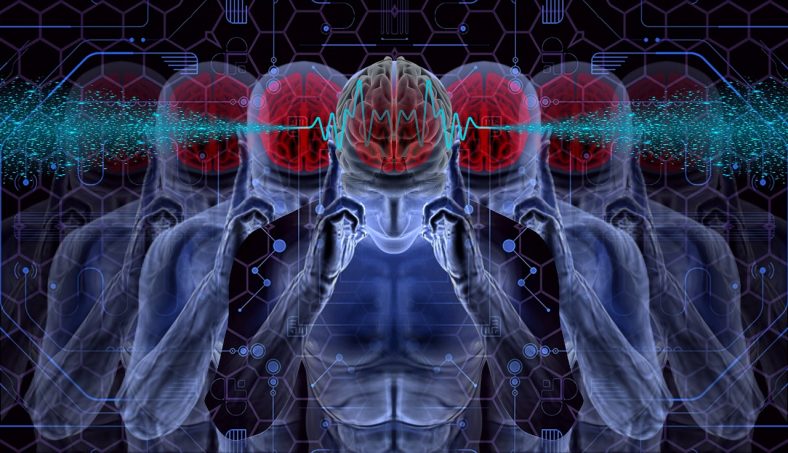
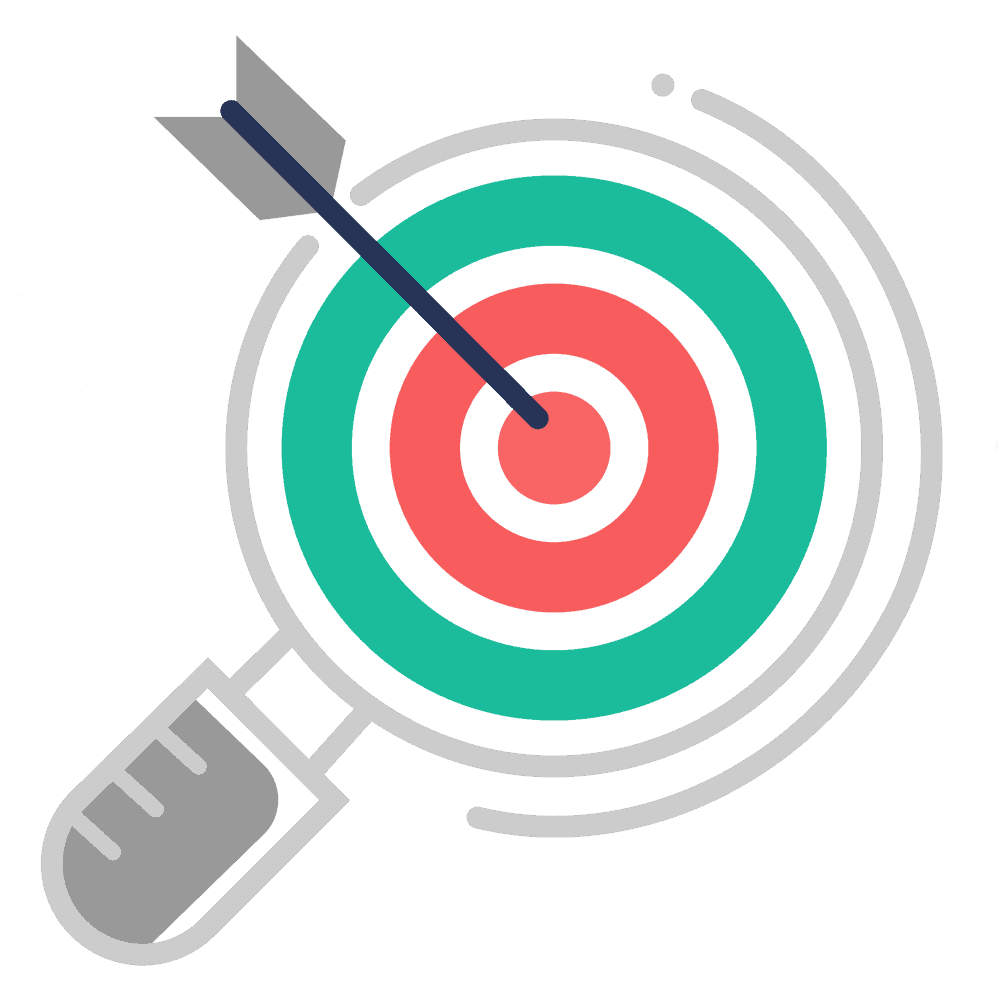
Award-winning CTO and IT expert with 20+ years of experience in technical innovation and digital transformation. Holds degrees in computer science and business administration with honors. Impressive record as a former CIO and Head of technology for leading educational institutions in the USA. Leads the editorial team at Product-Evaluation.com.


